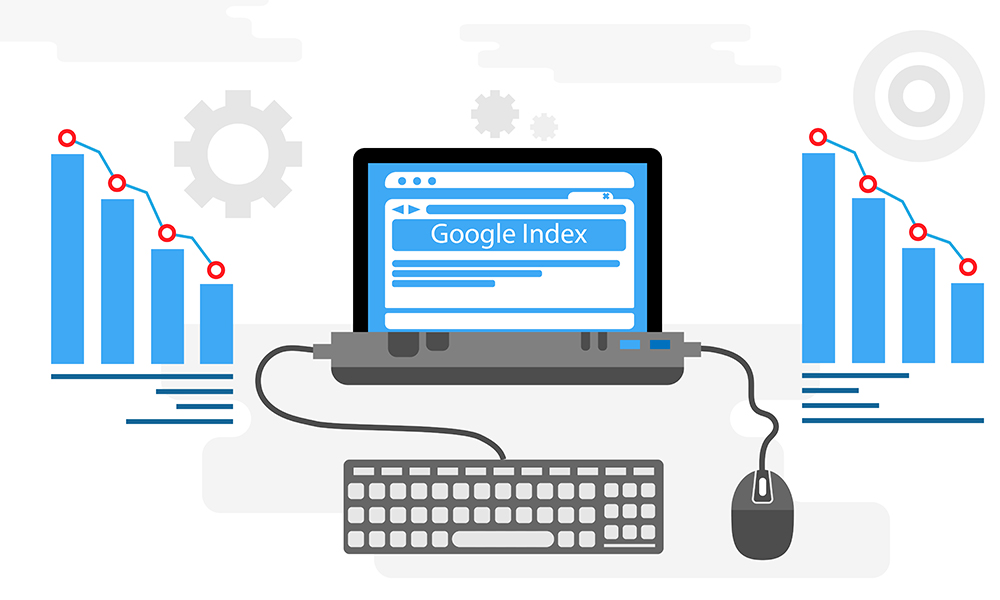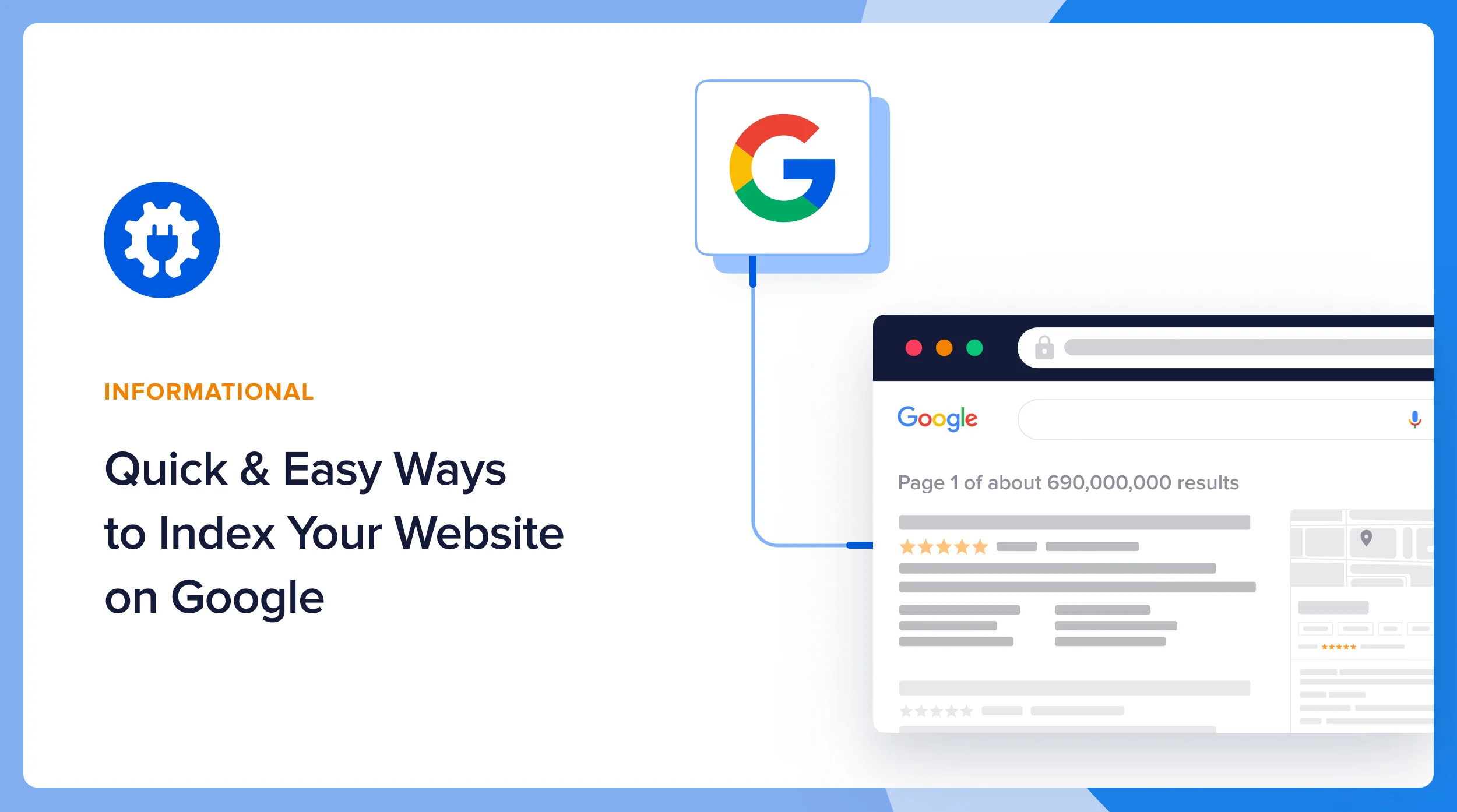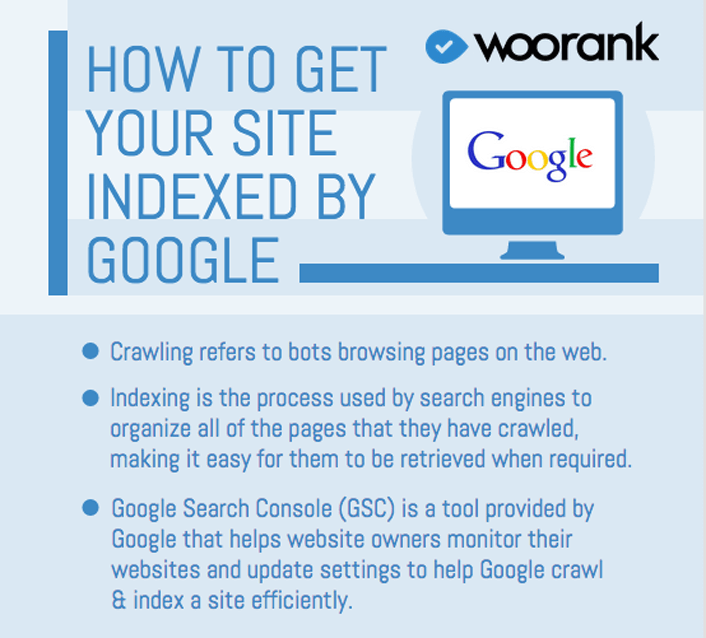Everybody wants Google to rank their site higher in search, and for good explanation — with 93% of all Internet traffic starting with a search engine, ranking in Google delivers a prime digital marketing possibility for contacting users and driving transformations. Not every site can make it into the highest rankings, though. For one thing, Google’s algorithms prioritize the pages that have the most weight for users. Not to mention, before you can even worry about ranking, you have to ensure that Google knows your site exists to begin with. That’s why it’s so necessary to get your site in Google’s search index. But what is Google indexing, and what accomplishes it mean for your search engine optimization (SEO)?
Read on to understand more, and then sign up for Revenue Weekly for more trade tips from the agency with over 29 years of experience!
What is Google indexing?
Google’s search index is basically its entire checklist of websites that it draws from to deliver search outcomes to users. While it may feel as though Google is big enough to take you to any site on the Internet, that’s not true. Only indexed sites can seem in search outcomes.
Of course, new sites can consistently be added to the index, and that’s exactly what Google indexing is — the procedure of adding a website to Google’s index. Indexing ensues when Google’s web snails, also called spiders — crawl websites on the Internet.
Why is Google indexing important?
If you want to contact users through Google, indexing is a necessary process for your business. If Google doesn’t index your site, not only will it not rank high, but it also won’t seem in search results at all — not on page one or page 1000. One of the most useful ways for your audience to find you is by exploring for terms related to what you sell. If you sell lawnmowers in Topeka, you want to occur in searches for “Topeka lawnmowers.” But without first obtaining your site indexed by Google, you can’t seem in any searches, which means you’ll obtain very little site traffic. Google indexing is the first step to increasing site traffic, revenue, and modifications for your business.

How does Google indexing work?
The procedure of appearing in Google search outcomes brings place in three stages — crawling, indexing, and ranking.
Read on for a brief description of each one!
Part 1: Crawling
The first exchange Google has with your site is when it crawls it. A Google crawler might discover your site in multiple ways — maybe it tracks a link from another site, or maybe you offer your sitemap to Google directly. In any event, once a Google crawler sees your site, it will crawl it, which essentially means it scans the whole website to uncover what’s on it.
It reads the text, sets the layout, and does its best to read images and videos.
Part 2: Indexing
Once Google’s crawled your site, the next step is indexing. This is essential — if your site doesn’t complete the right requirements, Google won’t index it (instructing you to see a “crawled — currently not indexed” error in Google Search Console) and the site won’t have any shot at ranking. Several things could force Google not to index a site.
Here are a few of the factors that affect how Google indexes:
- Noindex: If a site uses a “noindex” tag in its HTML, it informs Google not to index that site.
- Content: Google won’t index a page with scope that appears to have no value to users.
- Duplicate content: Pages consisting entirely of duplicate content are less possible to be indexed.
- Sitemaps: Creating and offering a sitemap allows you to notify Google of your website, assembling it more likely to crawl it.
- Canonicalization: When there are numerous versions of a page and you mark one of them as non-canonical — i.e., not the “real” version — Google won’t index that performance.
If nothing sends up any red flags for Google, the crawler will use the information it found on your site to decide what it’s about and will then add it to its search index.
Part 3: Ranking
The third and final step in the procedure is ranking. This is where your site finally has a chance to start occurring in relevant search outcomes and generating traffic. Whenever somebody searches Google for something, Google cleans through its search index to find the most appropriate pages for that query.
If your site is among them, Google will rank it in the outcomes. Of course, optimizing to get higher scales and make it to page one is a process in and of itself. But once your site is indexed, you’ve made it to the point where you can start that optimization.
How can you get your site indexed?
If you wait long sufficiently, there’s a good chance Google will finally crawl and index your site on its own.
But the sooner you get your site indexed, the sooner you can start driving up your revenue. For that reason, it’s more useful to take an energetic approach. You can do that by advancing your sitemap directly to Google.
A sitemap is a list of all the URLs on your website, and offering it to Google helps Google fast find and index all of those pages. Once you’ve completed your sitemap, you can offer it through Google Search Console or by “pinging” Google with an HTTP GET request. You can ping Google by using the following template:
[sitemap URL]
Replace “[sitemap URL]” with the exact URL of your sitemap, and then enter the resultant link into your address bar.
Google will then let you know that they accepted your request.
In addition to proposing your sitemap, there are a few different ways you can optimize your site to give it the best shot at being indexed, including:
- Ensuring quality and originality: Make sure all your carriers provide value to users. Practice good web strategy tactics and avoid any duplicate scope.
- Checking your meta tags: Look through your site for any rogue noindex or canonical tags — having those on a page by error will mean that the page doesn’t get indexed. Of course, in cases of duplicate content, you will want meta tags.
- Cleaning up your navigation: Ensure that you don’t have any “orphaned” pages — that is, pages not connected to from anywhere else on the site. All the indexed pages on your site should be bonded to each other in some way.
With your site optimized for indexing and your sitemap offered, it won’t be long before your site is in the Google search index and on its way to ranking in search outcomes!

EBIZZ Solutionz can get your site into Google’s search index
Want to get your site indexed and then get a leader start on driving up your rankings? EBIZZ Solutionz can get it done!
Our more than 1,100 testimonials indicate that we’re the SEO agency businesses charge to drive outcomes, and we’d love to show you firsthand.
With our SEO services, you’ll acquire help optimizing your scope for all the indexing and ranking elements listed above. You’ll also acquire a reliable account representative to keep you informed about everything we do for you. To get begun with us, call 888-256-9448 or contact us online today!

